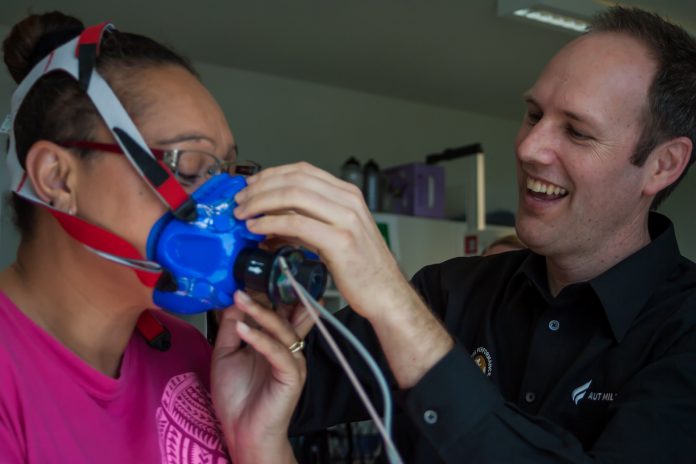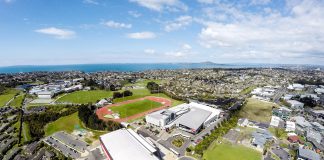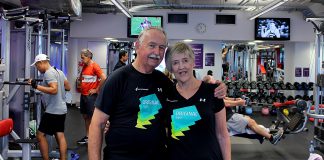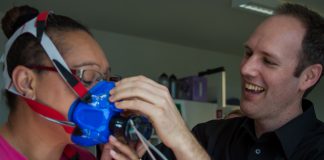Visitors to a special corner of AUT Millennium are using a powerful combination of medical and fitness expertise to help maximise their health in the face of serious medical conditions.
Matt Wood and his team of Clinical Exercise Physiologists at the Human Potential Clinic work with clients to prevent, treat and manage serious illnesses such as cancer, cardiovascular disease, diabetes and stroke.
The clinic forms part of the Human Potential Centre, an AUT University research centre dedicated to using research to enhance the physical health and mental wellbeing of New Zealanders.
It moved to AUT Millennium in 2012, upon completion of the expansion to the facilities and as part of the new partnership between AUT University and Millennium Institute of Sport and Health.
Wood is delighted that the clinic is a part of AUT Millennium and that it has allowed him and his team to make a significant impact on people’s lives ever since.
“Moving the clinic to AUT Millennium has increased our exposure to the community and has allowed us to partner with other AUT Millennium exercise and health service providers”, he explains.
“This means we are able to offer a more comprehensive multi-disciplinary service to community members, all under one roof. What’s more, the facilities are world-class and therefore, allow us to provide gold-standard service.”
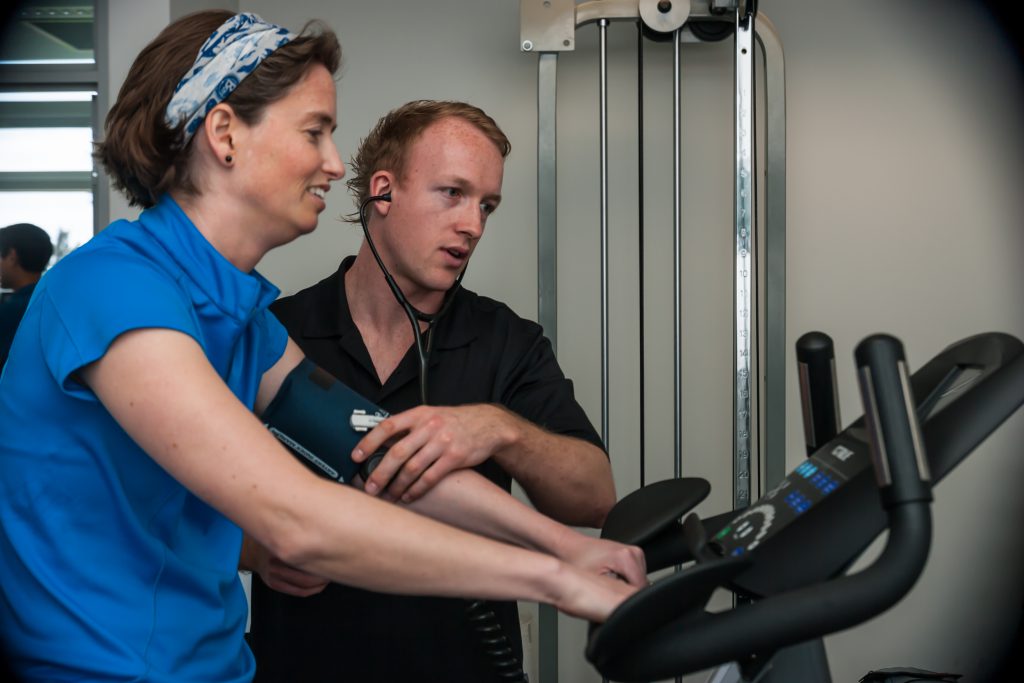 Exercise is a key focus of the holistic service, which facilitates long-term lifestyle changes and supports people in adopting health-promoting habits.
Exercise is a key focus of the holistic service, which facilitates long-term lifestyle changes and supports people in adopting health-promoting habits.
Scientific research is a key foundation of the clinic and physical activity is clearly linked to better outcomes for those with ill health or showing early warning signs, such as elevated blood pressure.
As Wood explains, “Physically active cancer survivors, for example, have been found to experience 50% lower mortality than survivors who don’t exercise regularly.”
The clinic focuses on individually-tailored exercise programmes and Wood concludes that research identifies this as an important strategy.
“Evidence shows that following a bespoke exercise plan, based on advanced fitness assessments, offers vastly better health benefits than the generic low-to-moderate intensity programmes typically prescribed to patients with health concerns.”
Clients visiting the Human Potential Clinic undergo laboratory-based exercise assessments before having a safe exercise level identified, discussing their exercise preferences and obstacles, and receiving a bespoke fitness plan.
They then work with expert staff on an ongoing basis to help stay on track towards achieving and maintaining their health goals.
By using a sophisticated suite of testing and equipment, and working closely with referring medical practitioners, the team gains a clear understanding of each client’s health risks and is able to develop fitness programmes offering maximum health benefits.
This assessment approach leapfrogs the rough gauges people often revert to without specialist help, such as Body Mass Index (BMI) and waist circumference as indicators of health risk and progress.
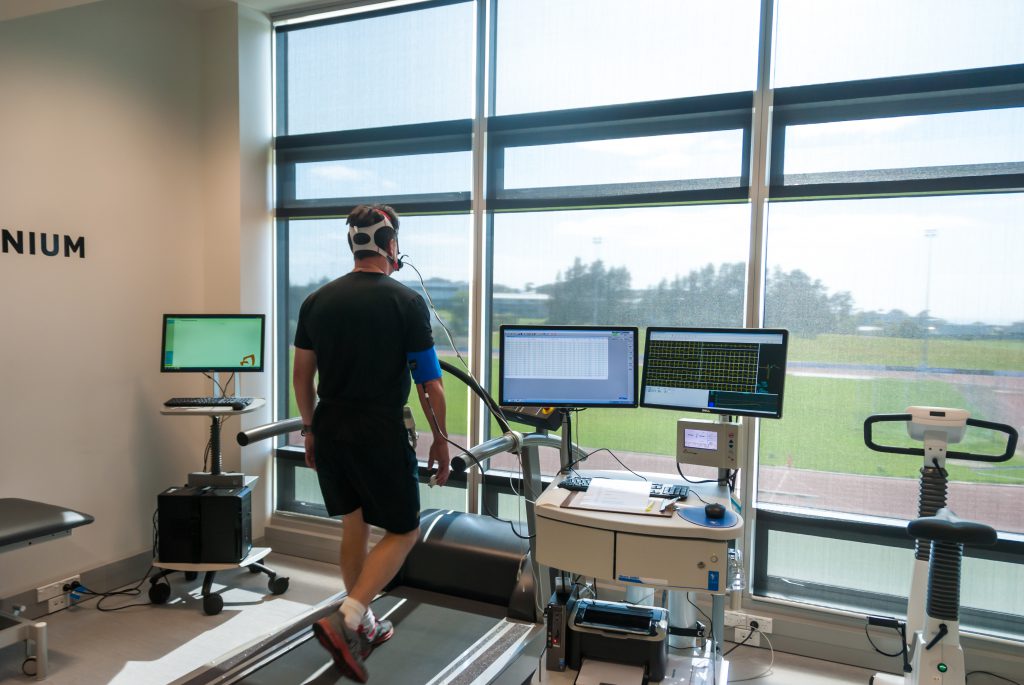 “These measures fall well short of the insights we gain through specialised testing methods,” states Wood.
“These measures fall well short of the insights we gain through specialised testing methods,” states Wood.
“Cardiovascular fitness has profound predictive ability. We’re able to test this at safe levels – without pushing clients to their maximum limit – using respiratory gas analysis and medical monitoring equipment.”
Wood and his team at the Human Potential Clinic are making a significant difference to the lives of clients and their families.
Wood estimates that, since the clinic moved to AUT Millennium in 2012, over 400 people have been seen. However, he adds that a key goal for his team is to ensure that, whilst they use the latest research and technology to assess people, they also provide clients with the skills and knowledge to maintain physical exercise.
“We have helped approximately 400 community members achieve their goals through comprehensive 8-12 week programmes and provided assessments and guidelines for many more”.
“Our programme adherence rates are greater than 95% and typical improvements in the cardiovascular fitness of at-risk individuals translate into 35-40% reduction in the likelihood of developing cardiovascular disease and certain types of cancer.”

























